The World is a Fractal
A mental model to navigate the endless depth of knowledge
Three weeks ago, I got weirdly obsessed with bees.
Not bees as in some clever AI acronym, or some obscure math theorem, just regular buzzing bees. It started innocently enough: I stumbled upon a suspiciously attractive book cover about beekeeping, picked it up out of curiosity, and suddenly found myself waist-deep in a 600-page manual. Just like that, I had accidentally become a bee expert1.
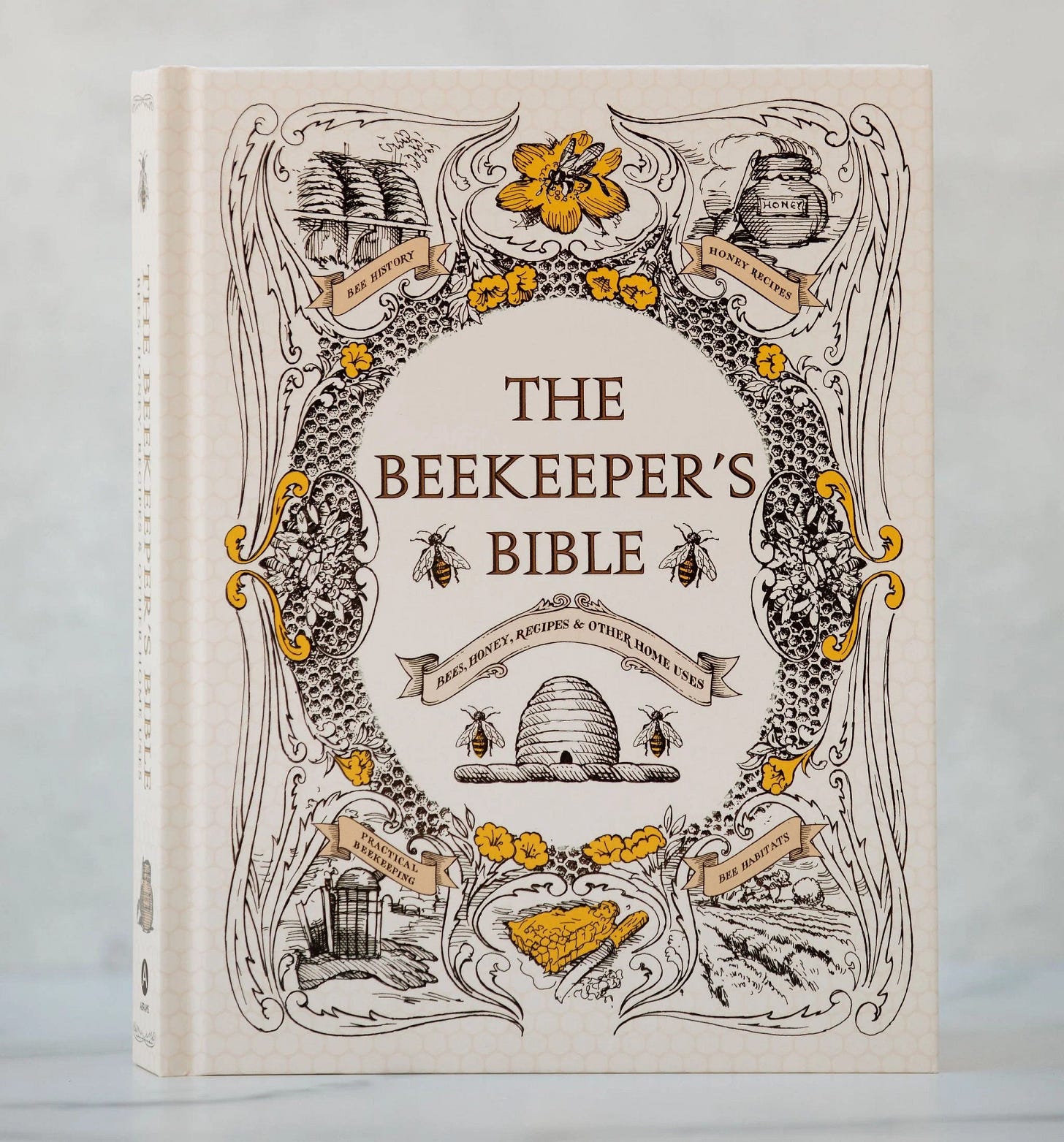
But you clicked expecting fractals, not bees, so let me quickly explain myself.
My little bee detour made me realize something important. From afar, bees seemed straightforward; small, simple insects doing small, simple things. But the deeper I dug, the more layers of surprising complexity unfolded. Every new detail uncovered yet another layer beneath. A seemingly endless complexity.
Later, while sipping tea and staring thoughtfully into space (as one does after too much bee reading), it hit me: this endless complexity is not the exception, it is the rule.
Why had this surprised me?
Probably because the common mental models we use for knowledge do not capture this never-ending depth well. Think about it yourself. When visualizing knowledge, what comes to mind?
A tree? Yes, this one is rather common, but it does not capture the complexity idea to my liking.
A map? I like this one too. It does a good job at highlighting chartered territory coarsely, but lacks the depth dimension.
A coral? A Venn diagram? A graph? They all feel slightly off.
All of the common representations seem to really be missing something essential.
You know that annoying thing your brain does, grabbing onto a random idea and refusing to drop it until you get to the bottom of it? This was one of those times.
So as is usual for me, I started to fixate on this idea. What is the perfect mental model for knowledge?
I have always liked to build mental models. They are the cornerstone of effective thinking. Refining mental models is a daily habit for me. Good system thinking should always start from a good mental model. I have some for finance, some for technology, some for AI, some for physics, and even some meta mental model for the relationship between mental models themselves.
When building mental models, you always want to make them as simple as they can be but not simpler. Mental models are like a reality compressor: they filter out noise and distill complex systems down to their clearest patterns.
The model I am sharing with you today is one that I particularly enjoyed thinking about. Simple, elegant and representative of its underlying idea. And while rather abstract it is still a useful tool to add to your mental toolbox.
After a few days of frustration, the answer came to me from the sky. Literally from the sky, or rather, the clouds. I was walking back home, observing a funny-looking shape in the sky, when suddenly it came to me!
A fractal!
Knowledge is just a fractal!
Fractals, if you are unfamiliar, are infinite rabbit holes; zoom in, and you just discover more rabbit holes, each with its own rabbit drama.
Fractals perfectly capture the infinite richness and complexity that is present in any topic, no matter how small and simple it may seem from a distance.
It felt like I was onto something.
Quick Detour: Fractals fun
Plus, conveniently, fractals are cool. There is even a principle in physics (the Dirac aesthetic criterion) that states that when picking between competing theories, the most elegant one usually wins2. And fractals certainly feel elegant.
I am gonna shamelessly seize this chance to shove some truly gorgeous fractals into your eyes.
Did you know that 3D fractals existed? I certainly did not.
There is some dramatic tone to this last one. It seems to be mimicking nature.
Alright, back to business.
Tea: Just Hot Water, Right?
Despite my attempt at bribing you with enticing visuals, you might not be as convinced as I am… yet. Fair enough. Let’s ground this in reality with an actual example.
Take tea, a recent personal addiction of mine (thank my girlfriend). Tea probably sounds pretty straightforward. You throw some leaves in hot water, right? Simple stuff. Do we really need fractals for tea? Feels overkill.
But imagine you have decided to become the world’s leading tea expert. Your goal: learn everything there is to know about tea.
Let’s visualize this journey with our fractal model.
First, you would tackle the basics: tea-making processes, brewing techniques, and the main ingredients. So far, nothing crazy.
But as a tea world expert, you cannot stop there. You would have to master every single tea variety3. Suddenly, your simple plan expands dramatically.
But surely we are now getting to the bottom of it, there is not much more to dig into. Is there?
Well, it turns out you also need to learn about the logistics of tea; how tea leaves get from farms in China or India to your local café. Another can of worms. Probably a few thousands of hours to learn about it all. And this is being optimistic.
And we haven’t even touched on the chemistry of taste yet. What happens chemically inside your brain when tea hits your tongue? That’s a whole new fractal universe of neuroscience and sensory biology.
Hopefully, you are starting to see why a fractal is more appropriate to model knowledge. Beneath even the most trivial-seeming topic lurks dizzying, fractal complexity.
But we do not have to stop there. We can keep going. To become ever sharper on the topic, we could probably also learn everything about the history of tea. In each region of the world and since its creation 3000 BC. How did humans discover tea? Who drank the first cup around 3000 BC, and why? Historians probably disagree (as historians love to do), so you would have to dive into their debates too, more complexity.
And since we have touched neuroscience, why stop at taste chemistry? Now you are neck-deep in brain science and human perception.
And once we are done with this, we should probably start looking into the business side of tea. How many tea businesses exist? How long have they been around? What are their strategies? How do new global warming regulations affect them? etc…
We will pause here. I think you get the point. Infinite complexity hides beneath absolutely every topic.
But don’t just take my word for it. Try it out for yourself! Pick a random topic. Choose something as dull as you can. And see how long it takes you to unfold the hidden complexity.
Bonus Perspectives (Because Why Not?)
Now that I have (hopefully) reassured you that this is not just an elaborate excuse to stare at fractals, but actually a meaningful idea worth pondering together; let’s expand on this groundwork by discussing a few complementary ideas.
Fractals are awesome. But they miss a crucial aspect of reality on their own. Knowledge is not static! All knowledge is dynamic. And while some evolve slowly (think classical Latin grammar), while others mutate rapidly (like modern pop music), every topic is constantly shifting and growing.
But fear not, there is an easy fix. Just imagine fractals as living, organic shapes, continually morphing instead of static snapshots.
Another interesting angle: subjective vs objective knowledge. If the fractal represents absolute knowledge then how to best represent subjective knowledge? The simplest solution: imagine varying levels of resolution, or clarity, within different regions of the fractal; some sharp and defined, others fuzzy and indistinct.
For instance, imagine (purely hypothetically, of course) that I have spent a few weeks playing chess, and despite trying really hard to raise my ELO, I keep getting humiliated on Chess.com4. In this scenario, my personal “chess fractal” would be blurry and unclear.
Now imagine that I spend years diving deep into my newfound bee passion, learning everything there is to know about it and unraveling endless honey-making secrets. For me, the “beekeeping” region of the fractal would become incredibly sharp and detailed, revealing subtle complexities invisible to others5.
This also neatly illustrates proximity bias; anything viewed from a distance looks simpler than it truly is.
Many other ideas fit neatly into this fractal framework. Take the Dunning-Kruger effect6, which describes how new topics first seem trivial, then overwhelmingly complex as you dive deeper. The fractal captures that beautifully.
We could keep going but we will stop there for the complimentary ideas. There are about a zillion intriguing directions we could wander off into here, but I will leave the delightful rabbit-hole exploration to you.
So, Any Catch?
Before we wrap up our fractal voyage, let me poke a few holes in our new model and see where it leaks.
First problem: fractals are annoyingly complicated to sketch. If you’re anything like me (i.e., artistically challenged), you can probably doodle a decent map or tree diagram in a few minutes. But fractals? They spiral quickly into scribbly nightmares.
Second, knowledge is not neatly organized into separate, isolated branches. It is more like a messy, tangled web. Math, for instance, pops up everywhere in the fractal, as part of countless unrelated topics. To truly reflect reality, the fractal would require lots of repetition. But maybe that’s fine; perhaps the most elegant way is to imagine these repeated sections as hyperlinks all pointing back to the same core structure? Maybe any mental model that tries to fully capture this messy interconnectedness is doomed from the start.
There are probably other holes we could poke, but these two were the biggest and most obvious ones that came to mind. Ultimately, though, I could not find any serious catch, just some minor fine print that seem easy enough to ignore.
Fractal Farewell
There is no conclusion; mental models are meant to open up new perspectives and invite exploration. They are a new lens to look at the world, add this one to your toolbox and pull it out whenever it helps you see something differently.
Should you stand humbled in awe at this endless depth of knowledge? Should you never dismiss a topic as trivial again? Should you simply stay mindful of your own limitations? I will leave that reflection to you.
Play around with this idea and come up with your own conclusions. Twist it, reshape it, or adapt it into something totally new. Whatever clicks.
And next time you’re confronted with something seemingly mundane, ask yourself: what hidden fractal awaits beneath the surface?
I have presented how fractals beautifully capture the essence of knowledge, but it does not end there. It can certainly be applied to other concepts such as ideas or experiences.
Maybe the old story got it wrong. Perhaps reality is not turtles all the way down after all; maybe it is fractals, endlessly spinning into themselves.
Congrats on diving this deep, fractal adventurer. Your reward? Here is a fractal generator to play with and a Mandelbrot explorer to plunge even deeper.
Closing meta-note: If at some point you started noticing fractals not just in the ideas but in the very structure of this post, that’s definitely a coincidence. Because obviously, I would never deliberately structure a post to mirror its own topic. That would be ridiculous. (Right?)
Did you know that bees communicate precise directions to flowers by performing a little dance called the “waggle dance”? It sounds silly but it is real ethology jargon.
Yes, apparently nature prefers beauty.
Did you know there are over 3,000 types of tea? Yep, humans went wild here.
This scenario definitely doesn’t apply to me, unless you are terrible at chess, in which case hit me up @satpugnet.
Maybe the meaning of life is to explore the fractal, patiently bringing clarity to its blurry edges, discovering hidden intricacies, and sometimes simply marveling at its endless infinity.
Just a fancy term to describe when people know so little, they are completely unaware of how clueless they actually are, leading to undeserved confidence. Think: someone confidently explaining quantum physics after one podcast episode.


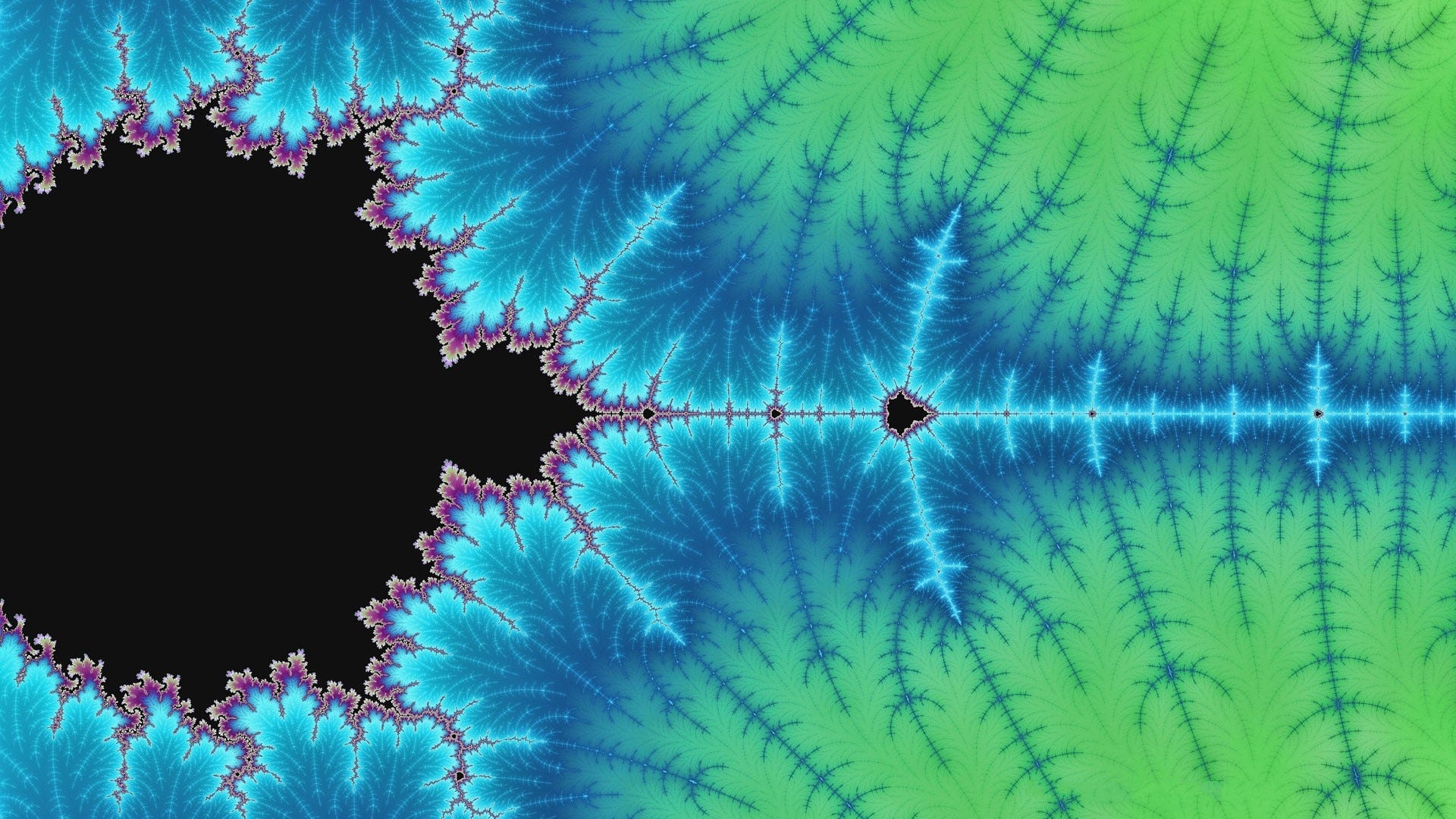



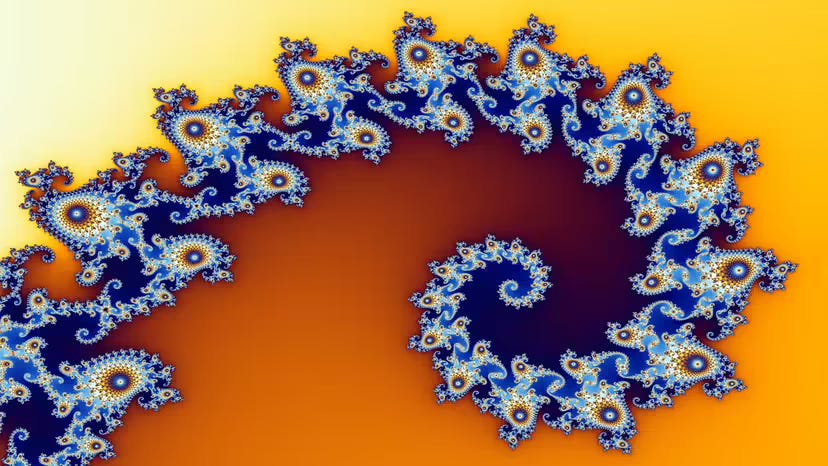
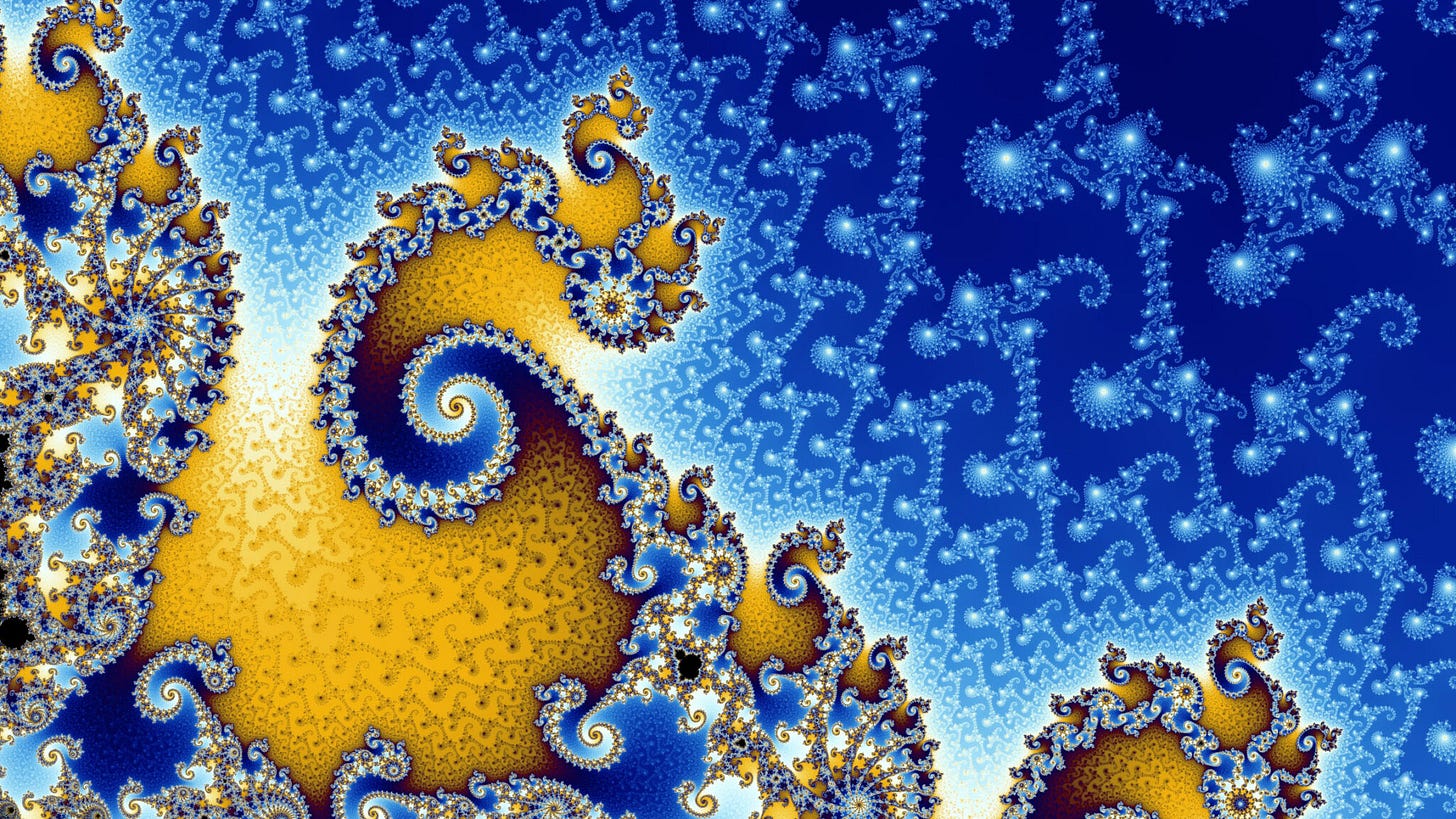
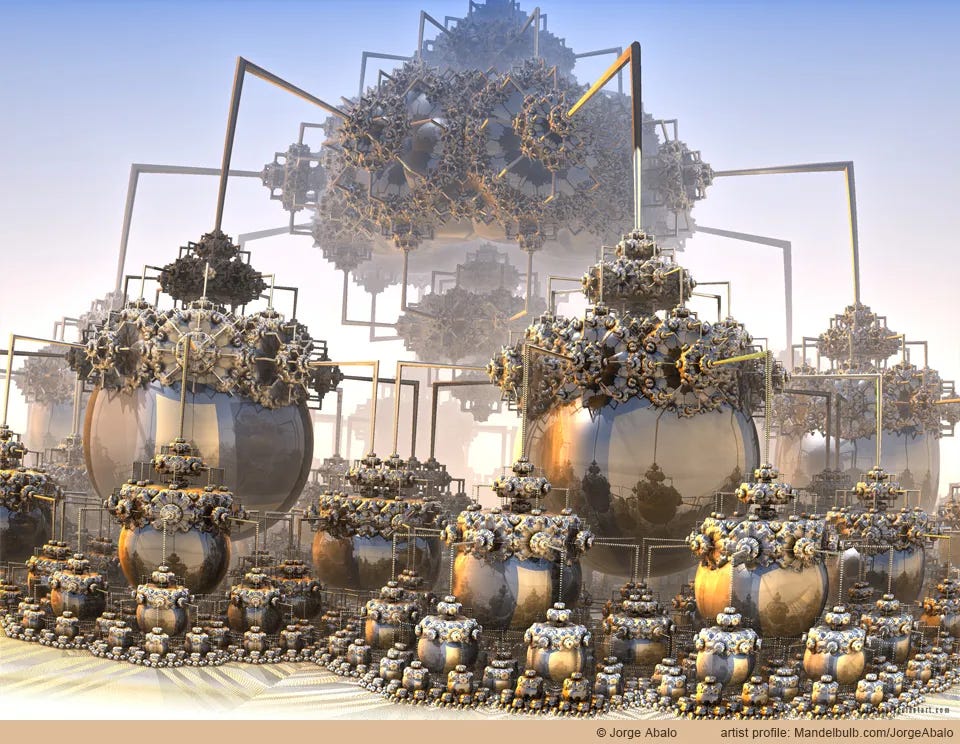
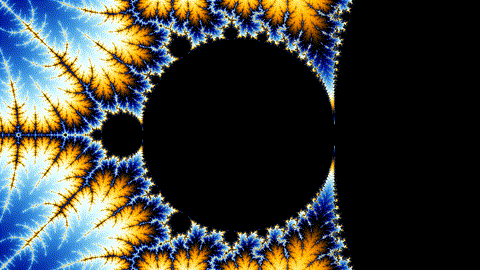



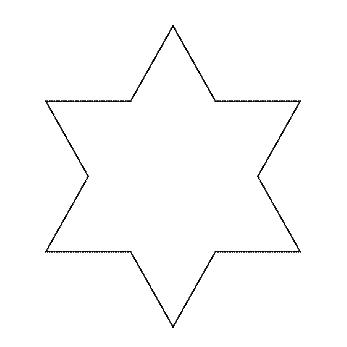
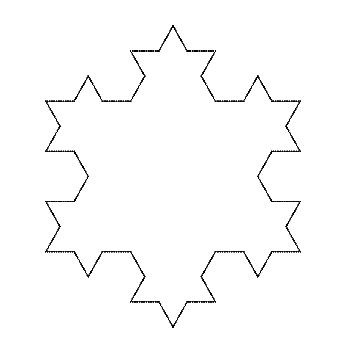
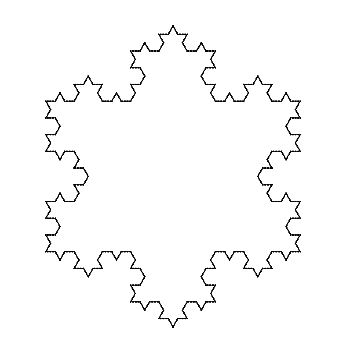
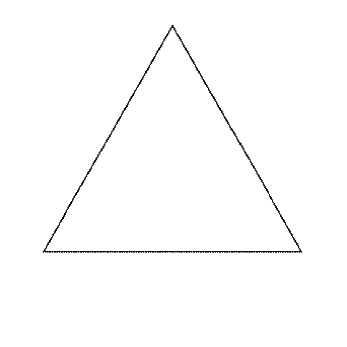
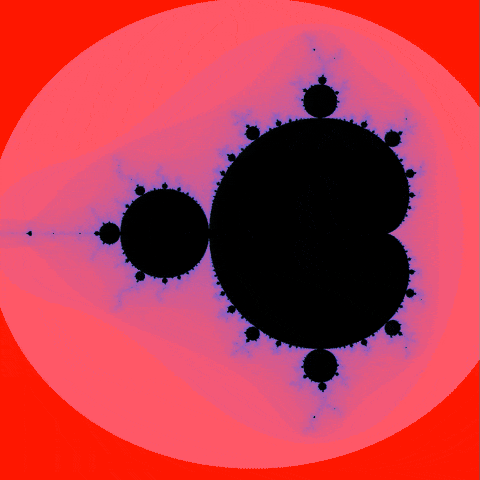
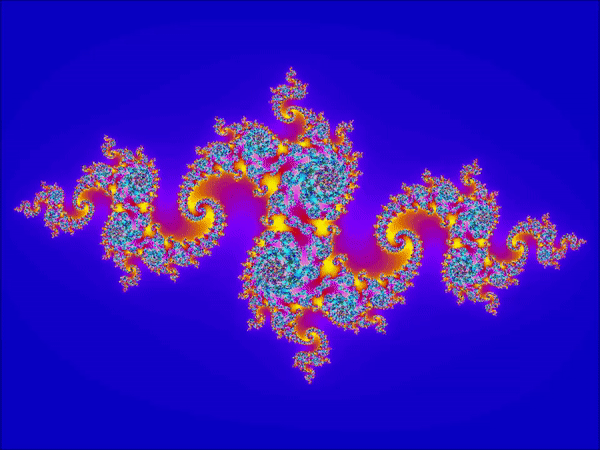

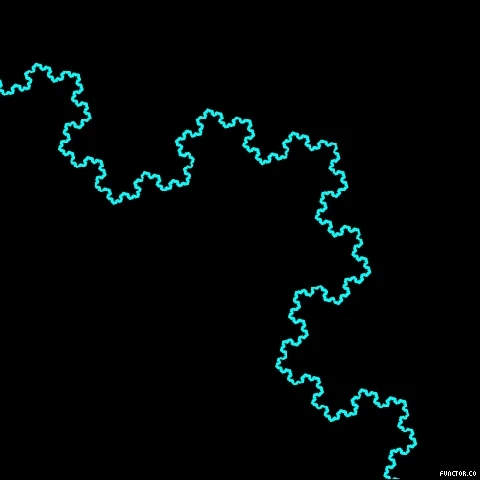
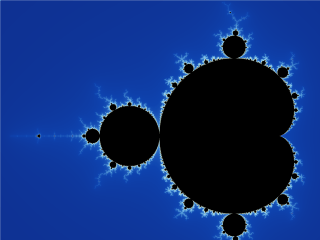
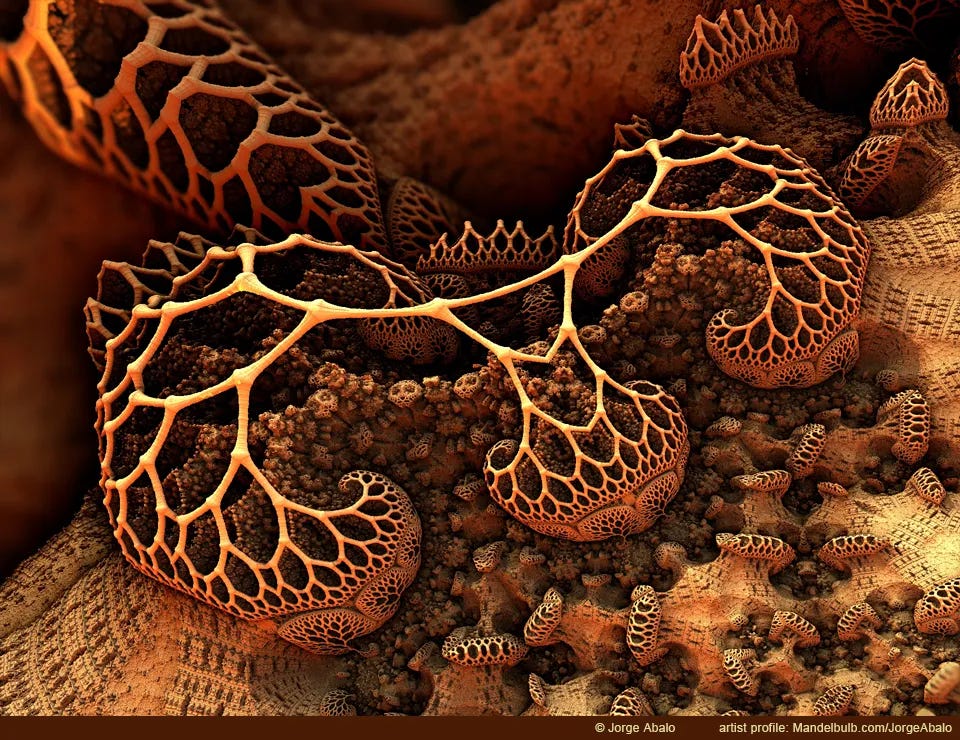
Gr(Gre(Great)at)eat post !
Can't wait to hear about your new beekeeping techniques 😉